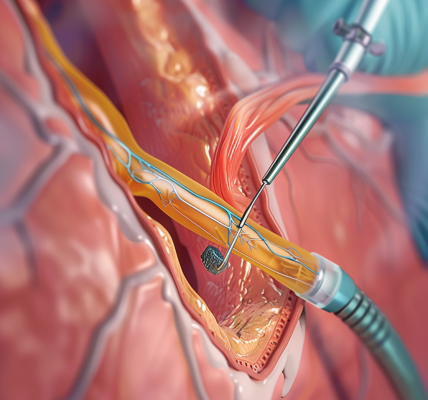New research presented at the European Congress on Obesity (ECO) in Venice, Italy, and published in the International Journal of Obesity sheds light on potential reasons why type 2 diabetes (T2D) is more prevalent in men compared to women. The study, led by Dr. Daniel P Andersson from the Department of Endocrinology at Karolinska University Hospital Huddinge in Stockholm, Sweden, explores the role of adipose tissue and insulin sensitivity in this gender disparity.
Adipose tissue, the primary organ for storing excess energy in the form of triglycerides, plays a crucial role in metabolic health. When there is excess energy, insulin regulates the breakdown of triglycerides and the storage of energy in fat cells. In individuals with insulin resistance, a condition where fat cells become less responsive to insulin, these processes are impaired, leading to elevated levels of circulating fat and an increased risk of developing T2D.
Dr. Andersson and his team investigated the adipose insulin resistance index (AdipoIR) in a cohort of 2,344 women and 787 men with an average age of 44 years and a body mass index (BMI) of 35 kg/m2. The results revealed that men exhibited higher AdipoIR values compared to women, particularly in the presence of obesity (BMI 30 kg/m2 or higher). This trend was consistent across physically active and sedentary individuals, those with or without cardiometabolic disease, and both nicotine users and non-users.
In a subgroup analysis of 259 women and 54 men living with obesity, the researchers conducted biopsies on adipose tissue to assess the impact of insulin on isolated fat cells. The findings highlighted significant sex differences in insulin responsiveness. Men required a 10-fold higher concentration of insulin to inhibit the breakdown of triglycerides compared to women, indicating a greater degree of insulin resistance in male adipose cells. Additionally, the effectiveness of triglyceride breakdown inhibition was lower in men, while the storage capacity of fat cells remained similar between the sexes.
These results suggest that the response of adipose tissue to insulin may vary between men and women, potentially contributing to the higher prevalence of T2D in men. Further research in this area could provide valuable insights into the underlying mechanisms of gender disparities in metabolic conditions.





